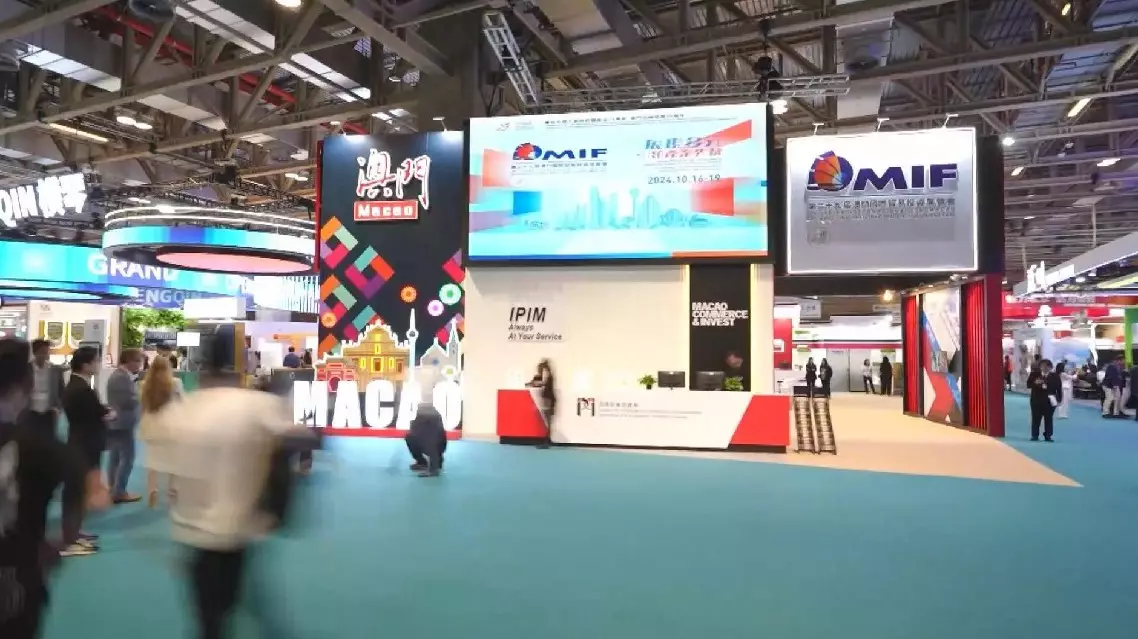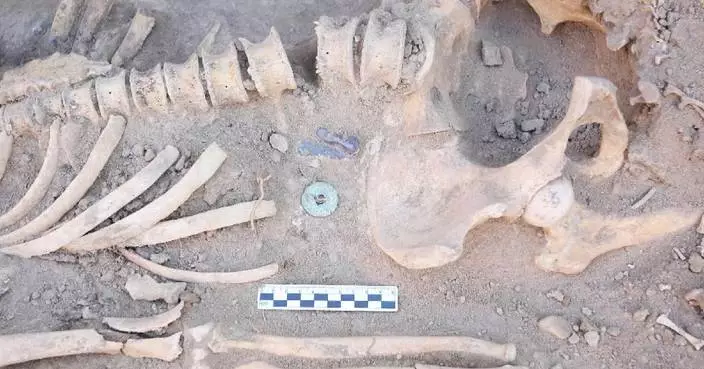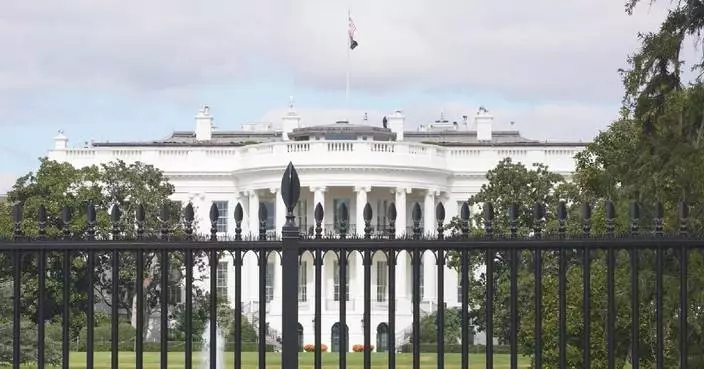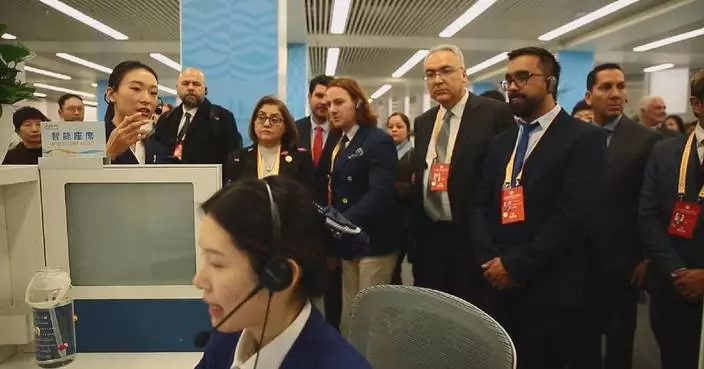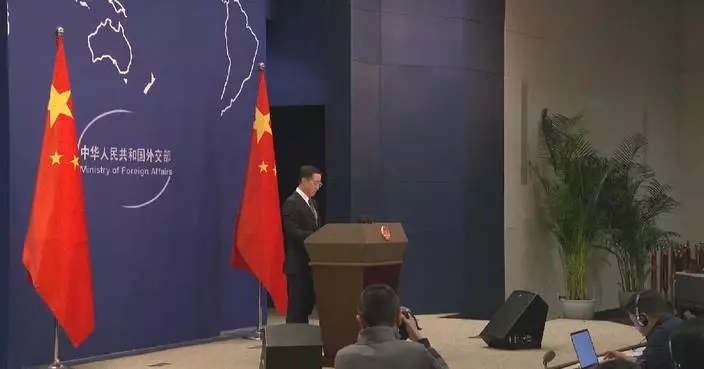The West African Monetary Institute (WAMI), in collaboration with the government of Guinea, hosted the 2024 mid-year statutory meetings of the West African Monetary Zone (WAMZ) in Conakry, capital of Guinea, from Monday to Friday, with six West African countries planning to create a single currency called "ECO" by 2027.
The five-day meetings assessed the implementation of this monetary integration policy.
During the meetings, officials and experts from Guinea, Ghana, Gambia, Nigeria, Liberia and Sierra Leone examined issues related to macroeconomic convergence of WAMZ member countries. They also focused on trade integration, monetary cooperation, financial sector stability, payment systems and the exchange rate.
According to the technical commission of the monetary zone, considerable progress has been made to achieve monetary integration in the six member countries by 2027.
"The new roadmap projects the creation or official launch of this new common currency by 2027. But before that, there are prerequisites. So these different meetings are part of the examination and assessment of the progress to meet different criteria which are classified at two levels. We have the first-rank level and the second-rank level," said Mamoudou Toure, chairman of the WAMZ technical committee.
The Economic Community of West African States (ECOWAS) and the WAMI, an institution of the WAMZ, support the six countries in their desire to achieve monetary integration. For these two organizations, the creation of ECO currency will be a great asset for the development of West Africa.
"We are driving this process together. We are driving it in the right way. There are few challenges and the challenges are not big. These are challenges that if we stay together, we'll be able to drive the initiative together. And I'm happy to tell you that we have gone far in terms of financial integration. The banking sector now is being harmonized, the non-banking sector is being harmonized. The insurance is being harmonized. We have a debt robust capital market initiative, as well as a domestic debt market initiative," said Olorunsola Olowofeso, director general of WAMI.
Of the four criteria defined by the WAMZ to achieve monetary integration, Guinea has only managed to meet two. But the Guinean authorities assured that the challenge will be met before 2027.
"Guinea has met two of the four criteria, namely the budget deficit related to GDP and the financing of the budget deficit by the Central Bank of the Republic of Guinea. The country is determined to continue its efforts to support the achievements and meet the other two criteria before the 2027 deadline," said Guinean Minister of Economy and Finance Mourana Soumah.

WAMZ 2024 mid-year statutory meetings in Guinea assess monetary integration


